Set up:
- The subject should be at least 4 or 5 feet in front of the backdrop to avoid casting a shadow.
- Use 65mm focal length when you are using a camera with a cropped frame sensor
- Focus on the subject’s eyes.
The key or main light is the light that casts the shadows.
Working with just the key light:
Front view:
Photograph your subject with:
- Rembrandt light – the light is at a 45 degree angle to the subject. Look for the key triangle -a triangle of light on the darker side of the face to position the light.
Do not place the light too high because this will cause shadows around the subject’s eye sockets. - Split light – the light is at a 90 degree angle to the subject. One side of the face is dark but light does fall on the other side.
- Front light (butterfly) – Light falls on the subject from the camera position.
Three-quarter view:
- The model’s face is turned to a 45 degree angle from the camera.
Photograph your subject with:
- broad lighting by placing the light on the side of the visible ear. There will be a broad highlight on the subject’s hair. This works for subjects wearing glasses.
- short lighting by placing the light on the side of the invisible ear.
Profile:
The model turns their face at a 90 degree angle to the camera. Place light like a side light. The subject faces the light BEING VERY CAREFUL NOT TO LOOK DIRECTLY INTO THE LIGHT.
Put your 20 best photos into an album on Flickr. Make sure to represent each one of these lighting styles. Send your 2 best to the class group.


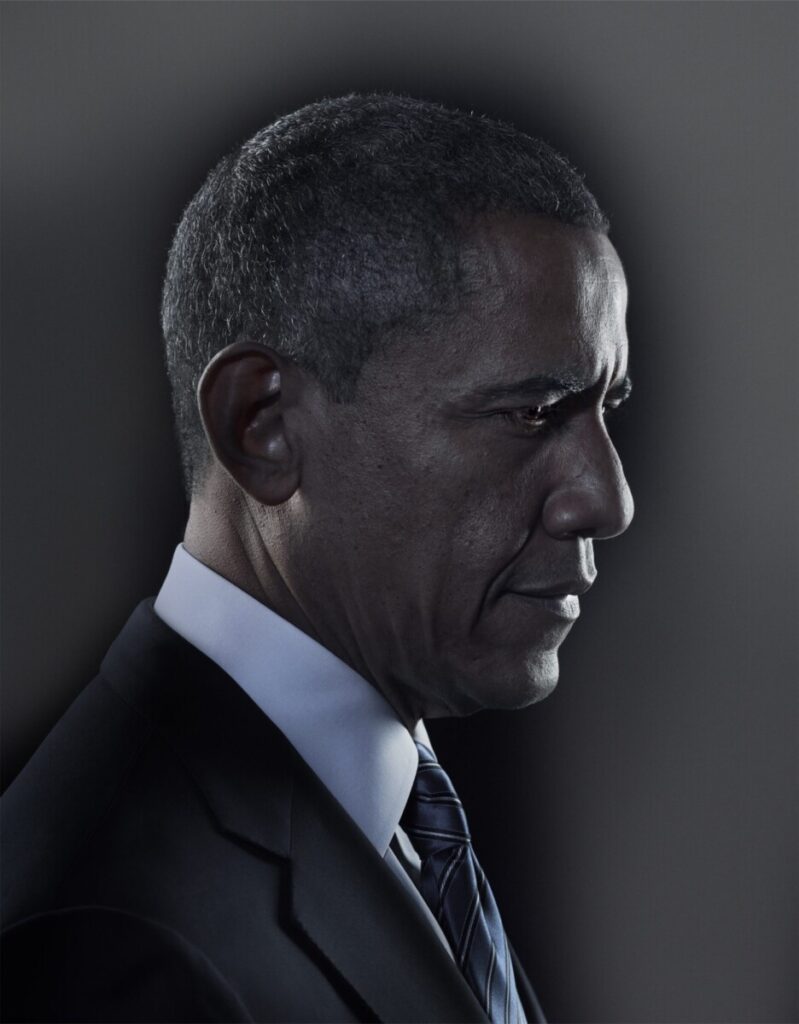
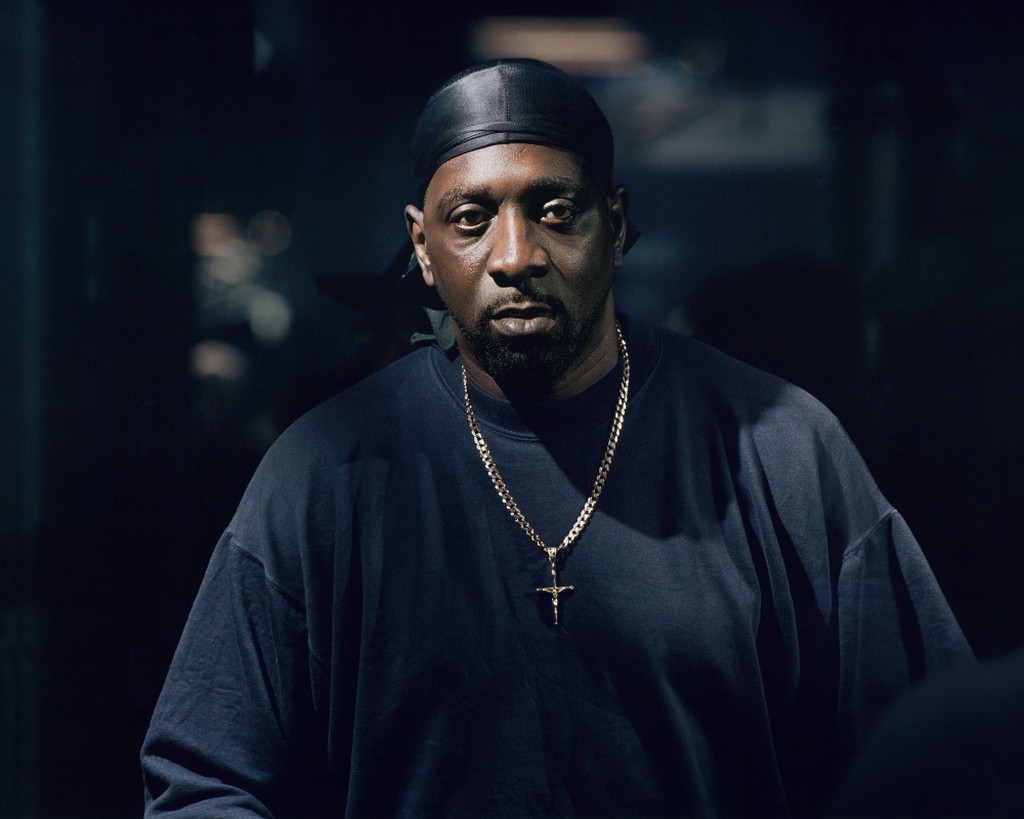
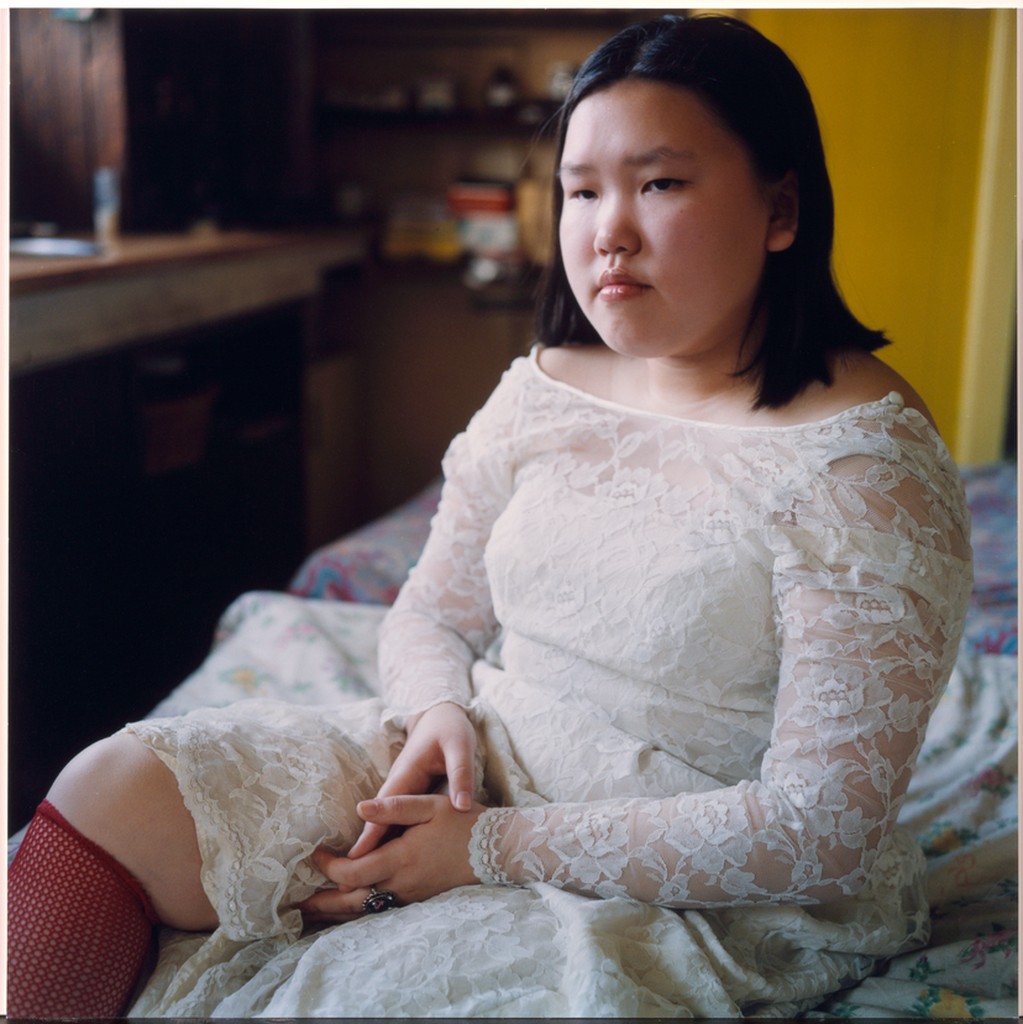
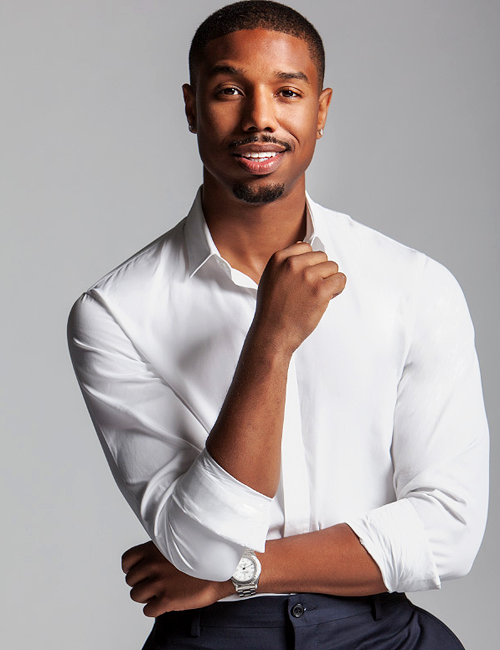
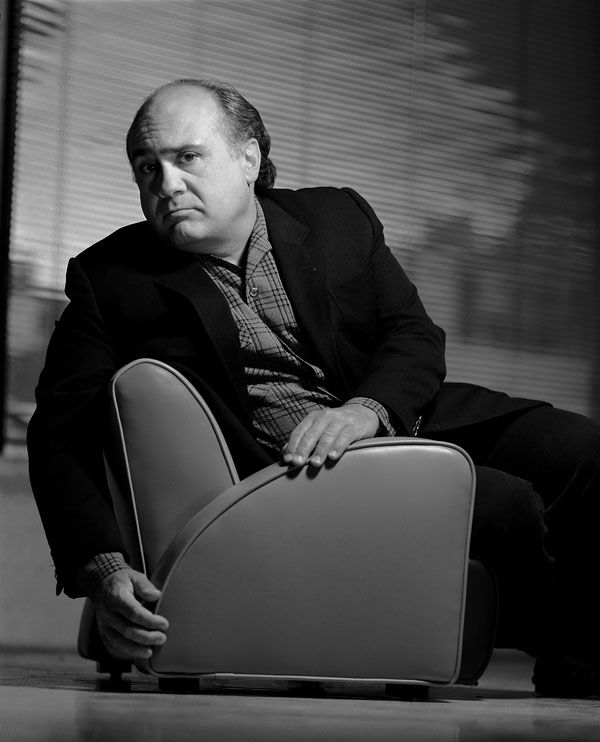
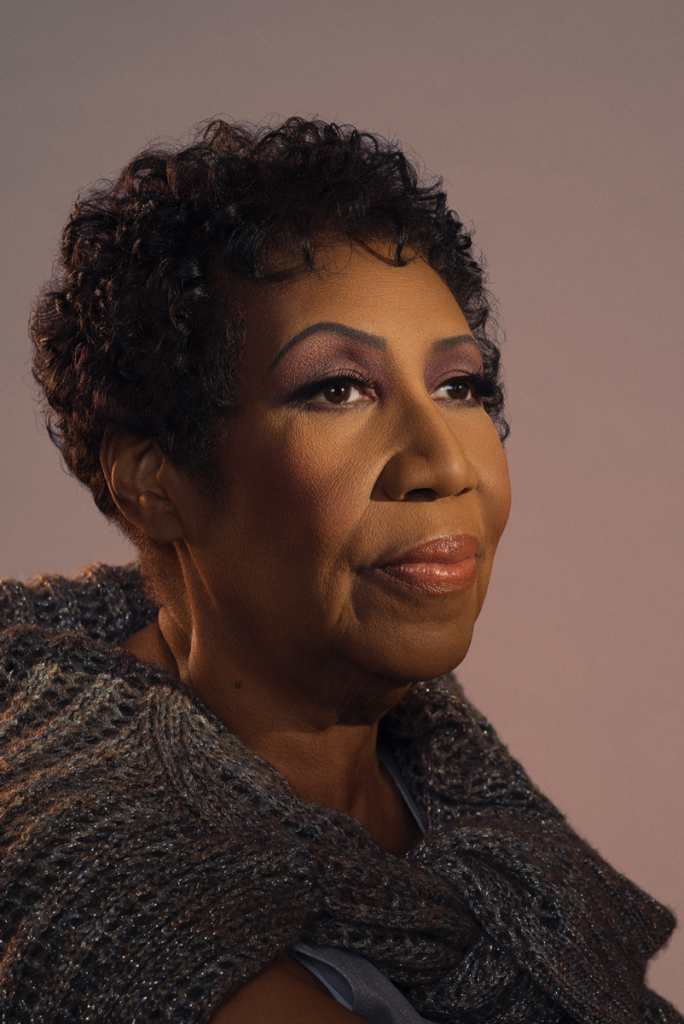
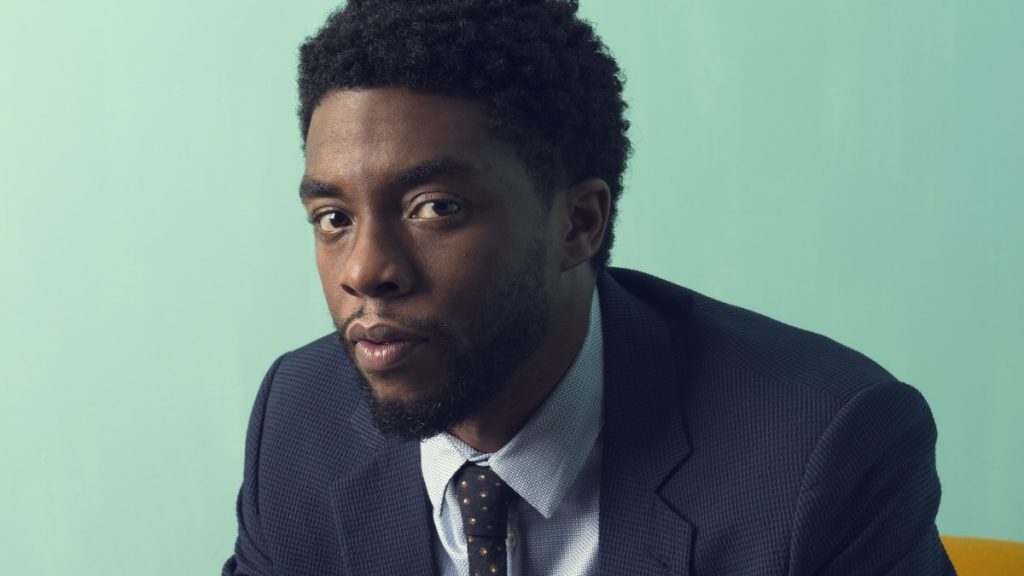
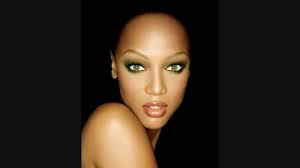
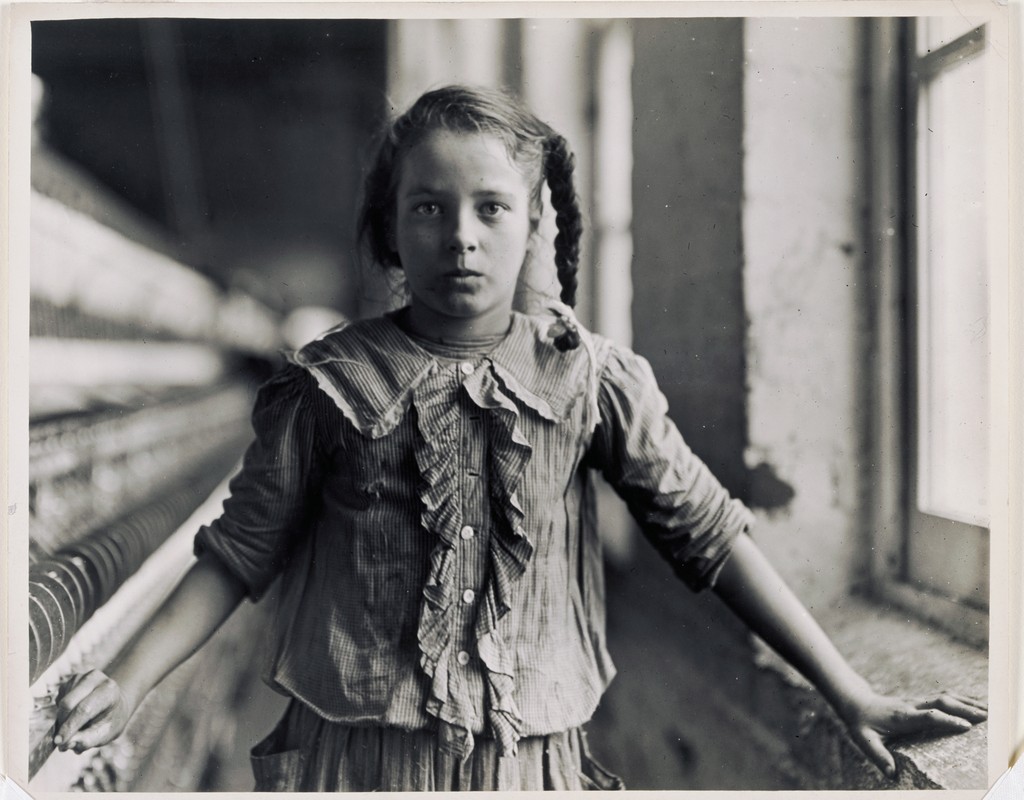
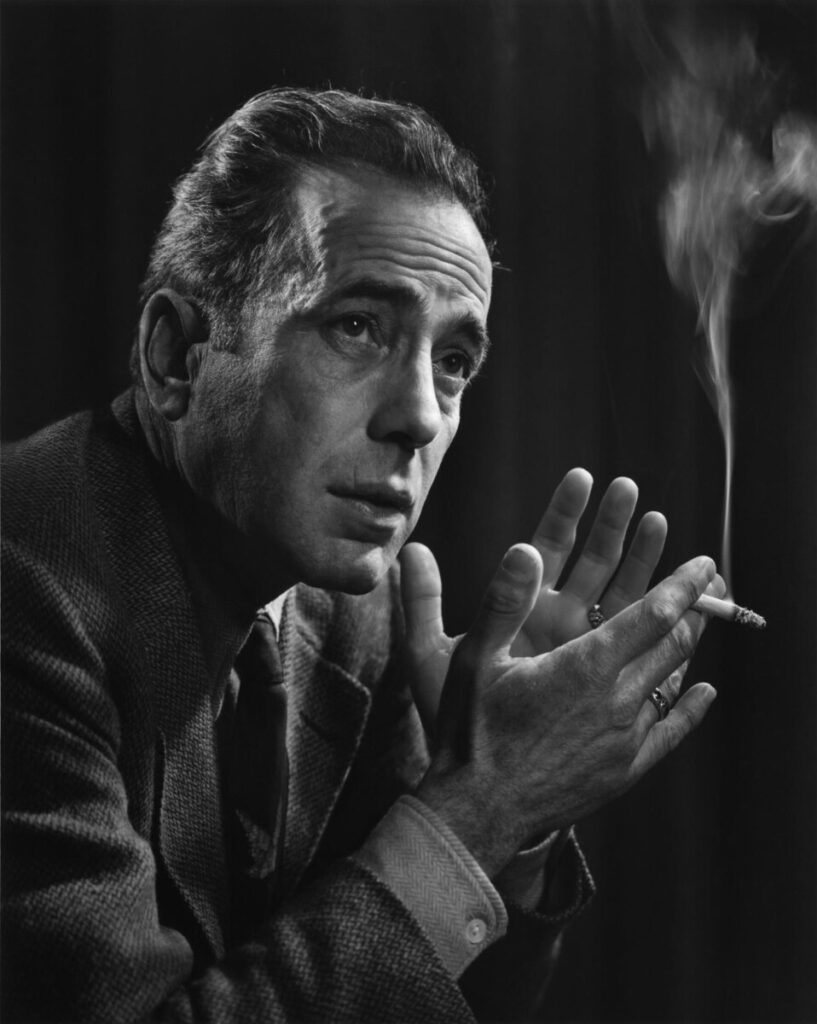
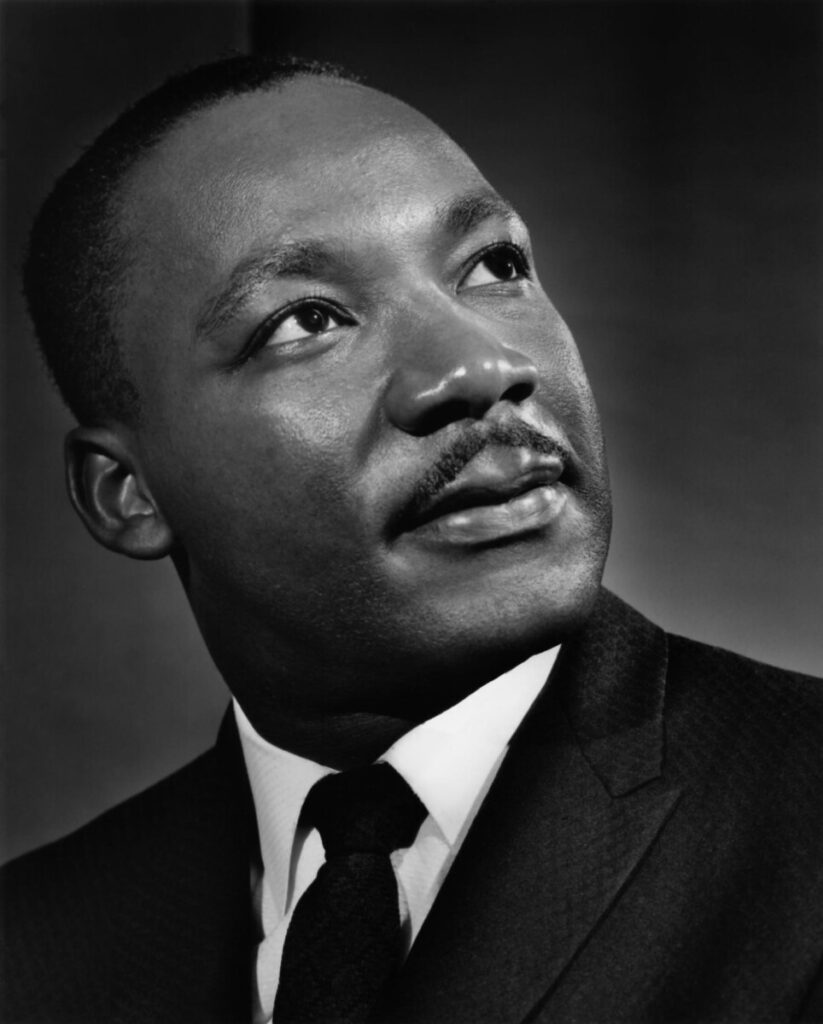
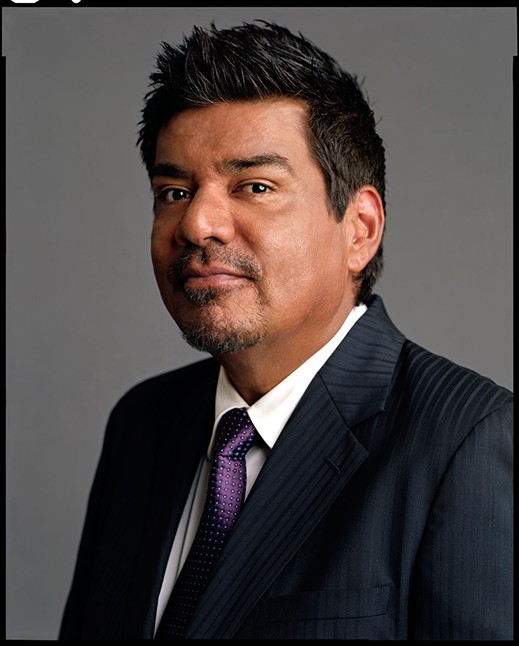

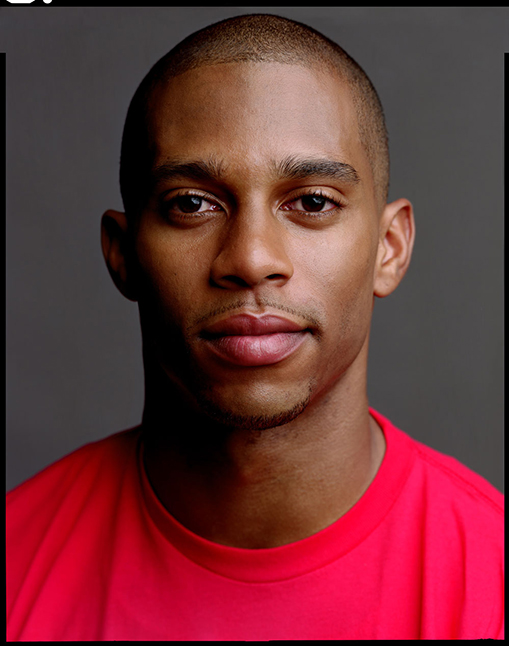
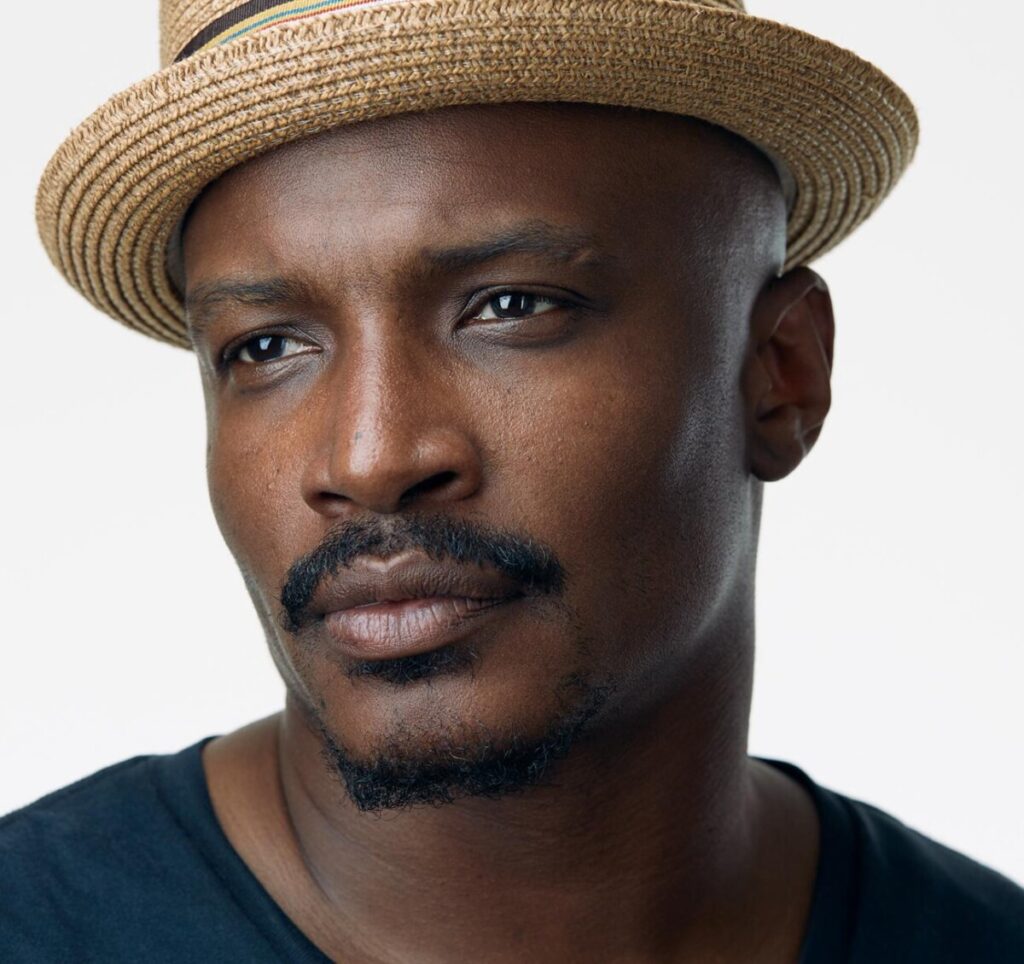
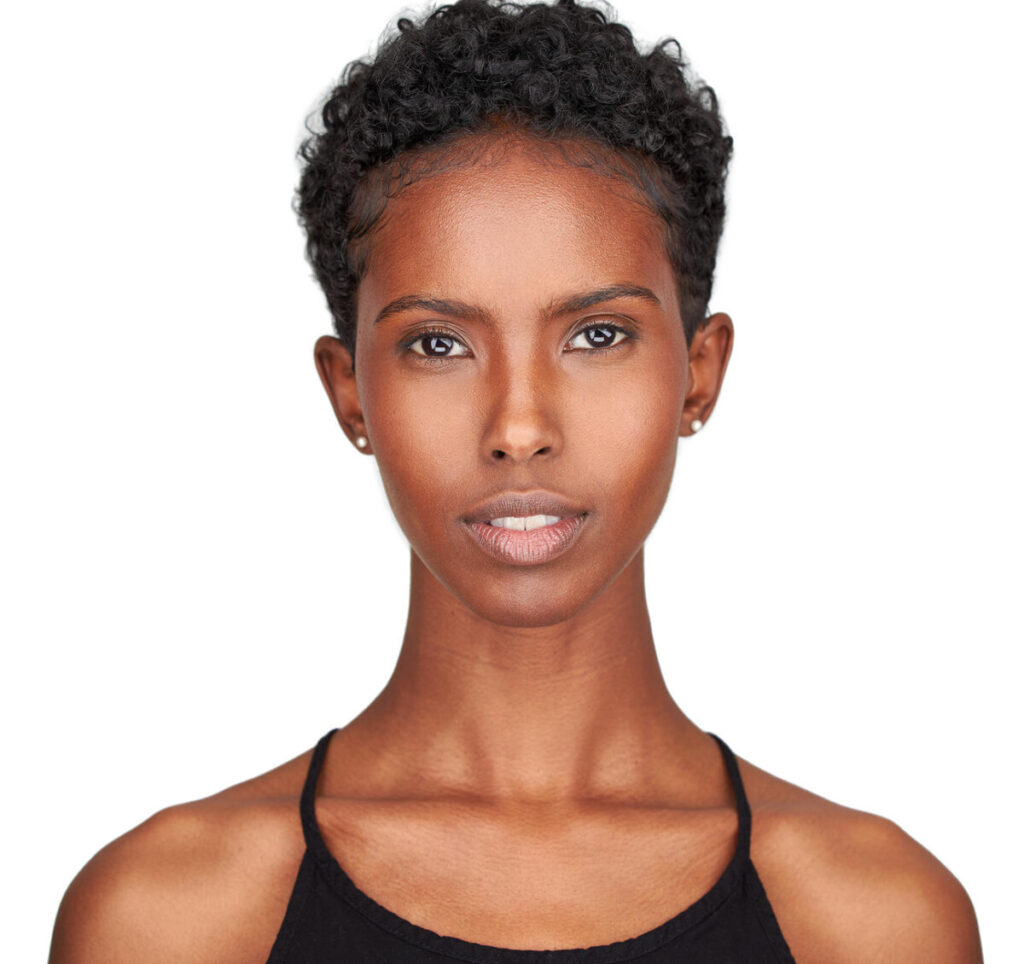
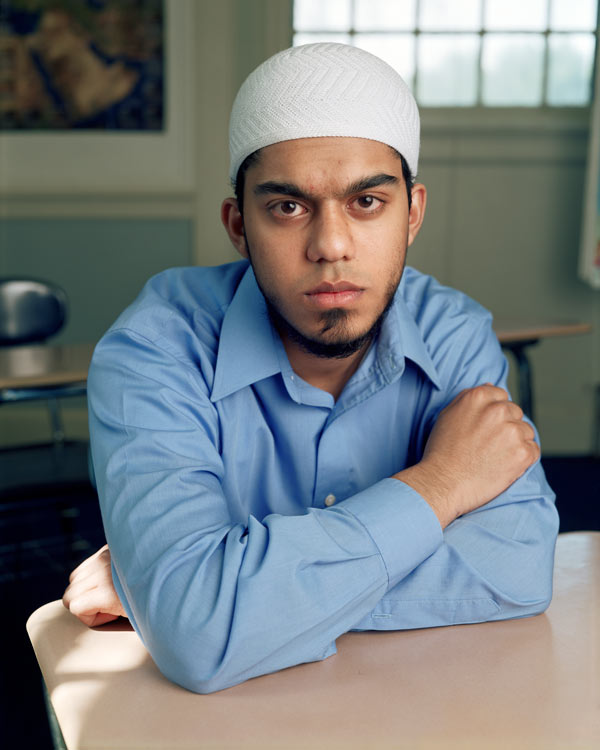
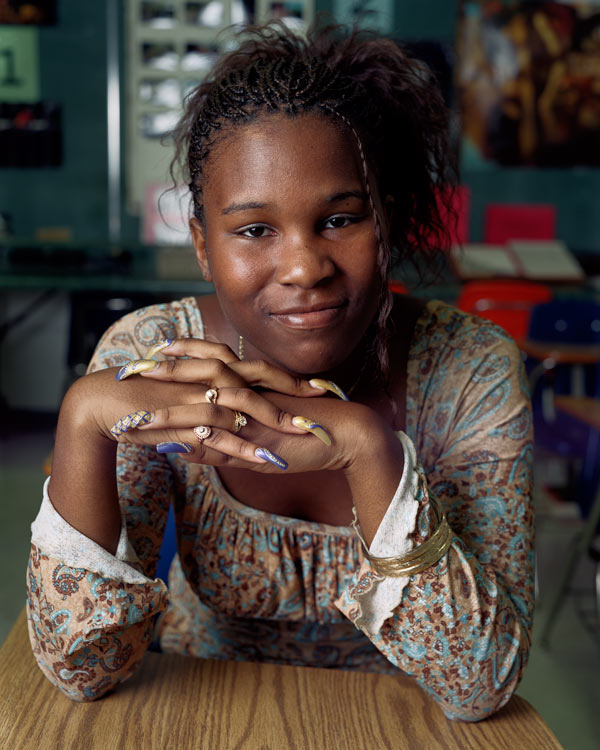
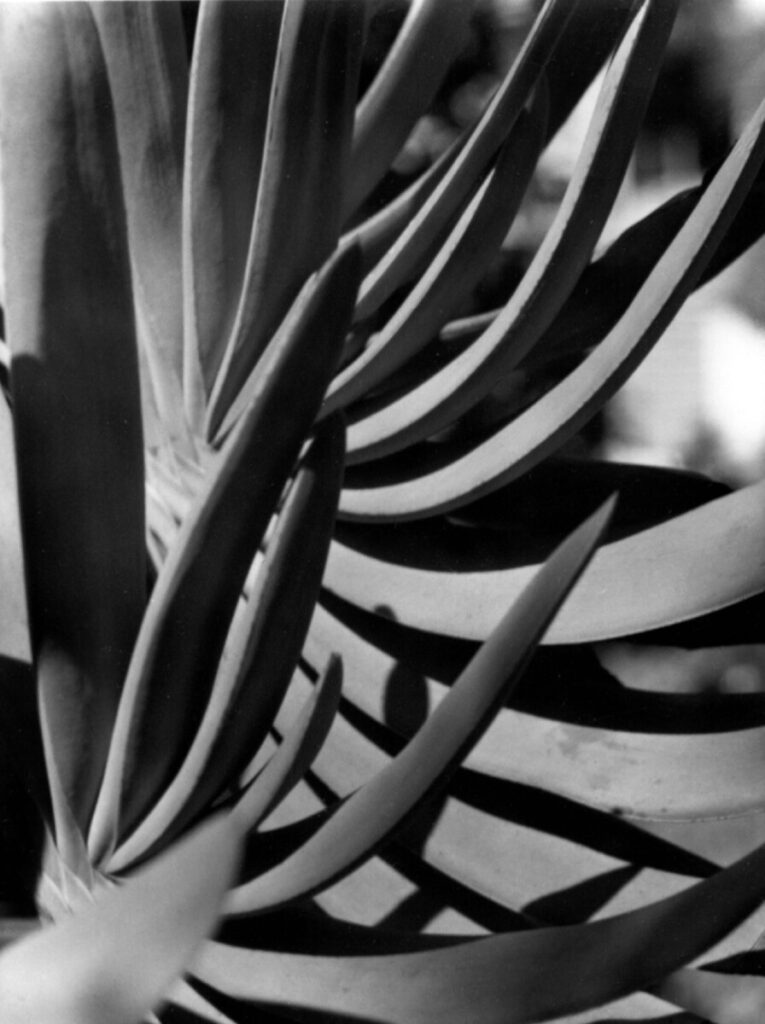

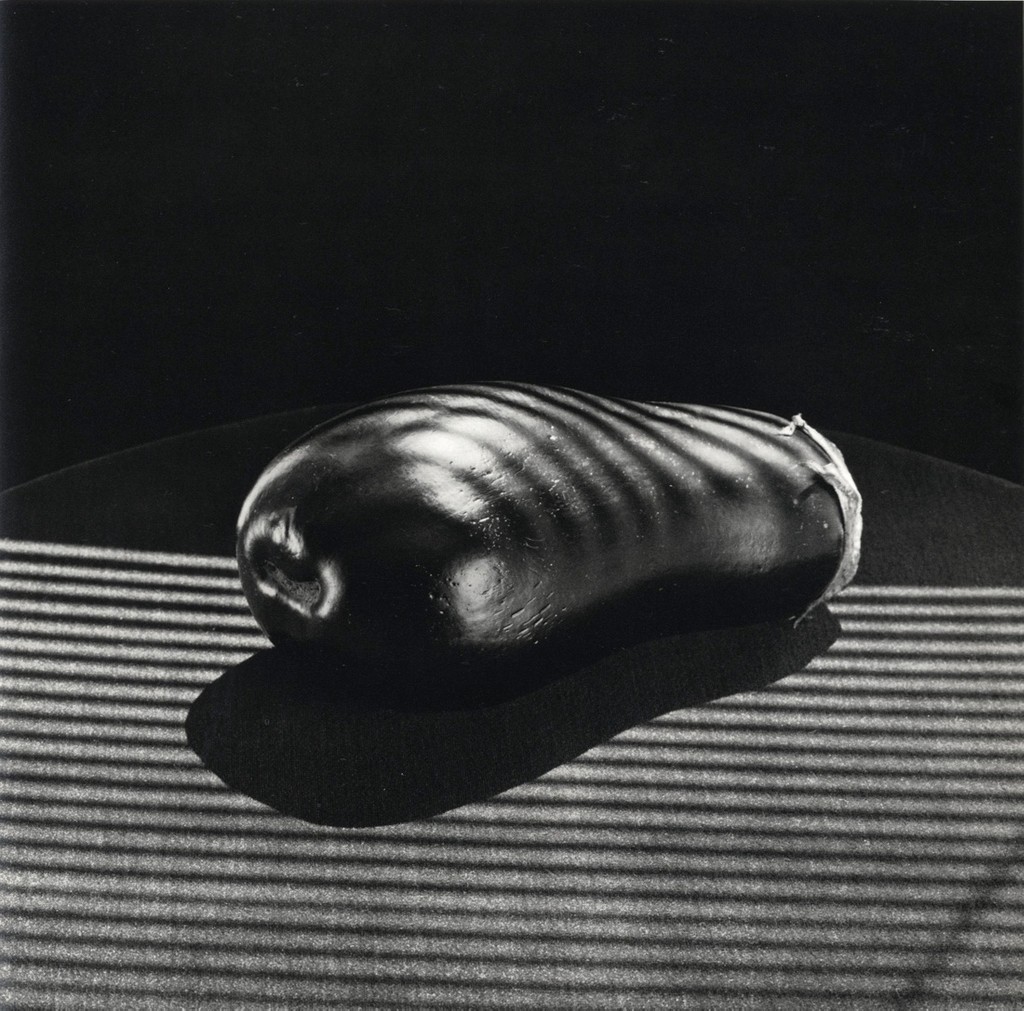

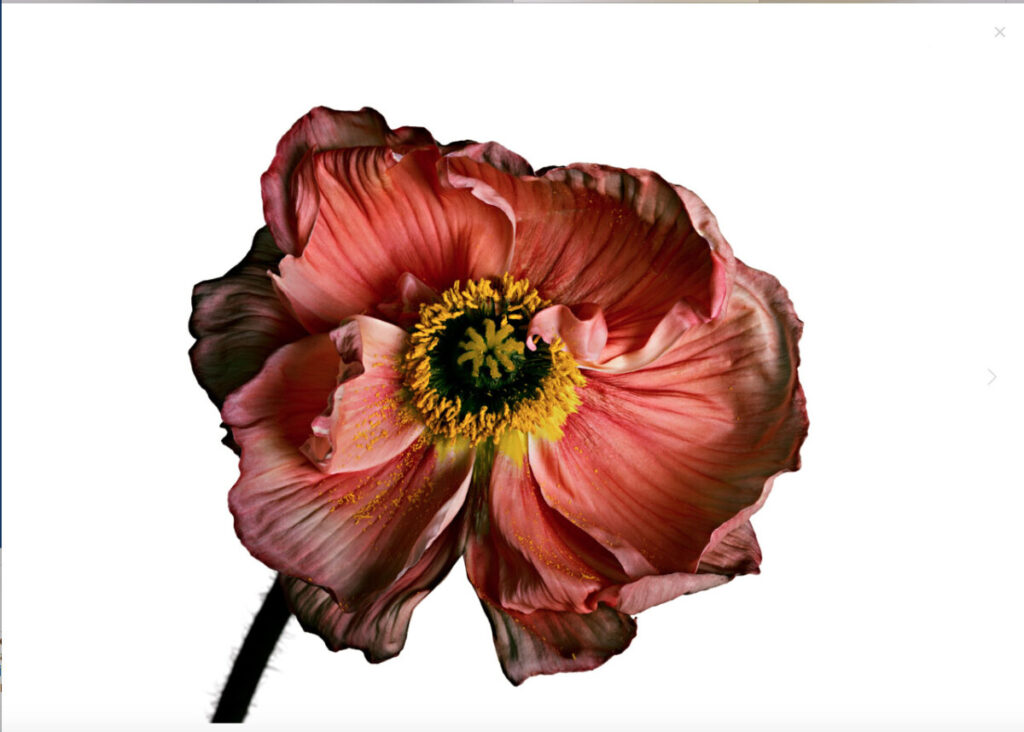

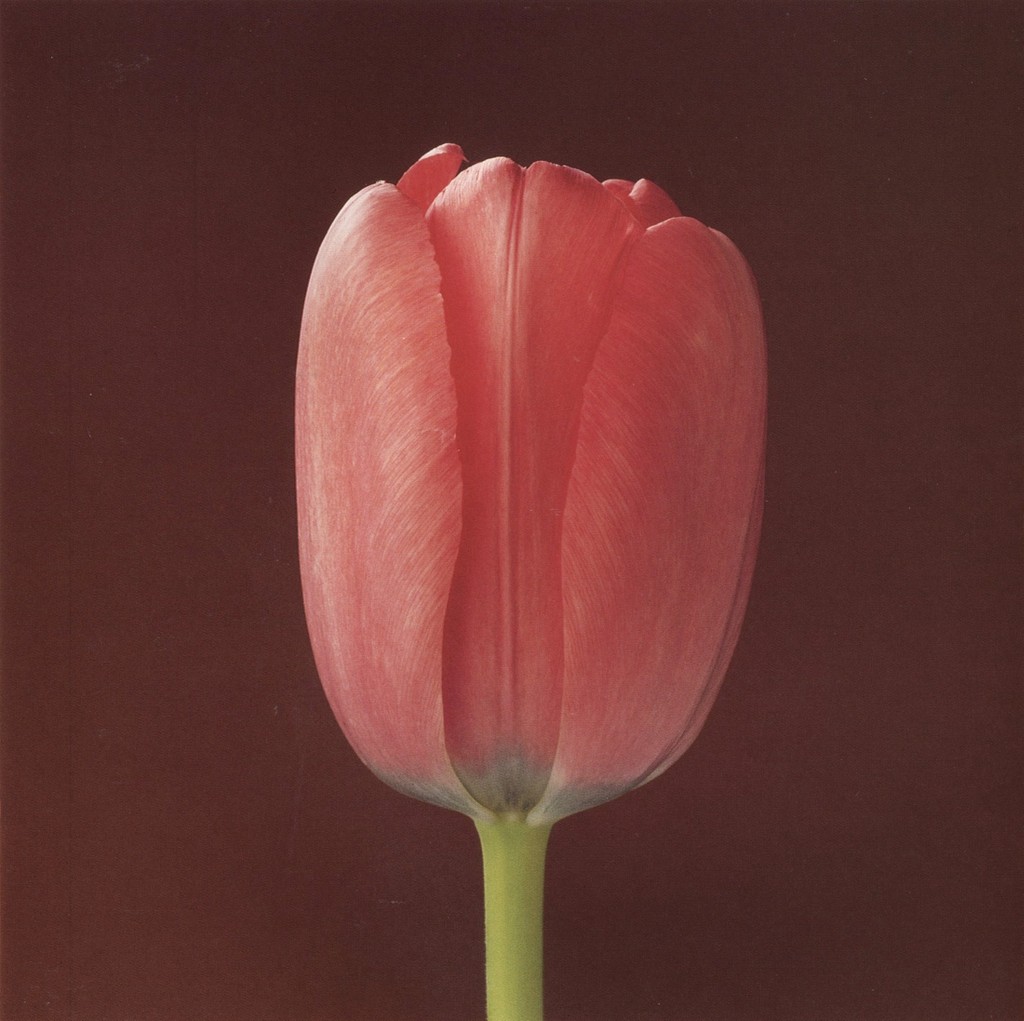
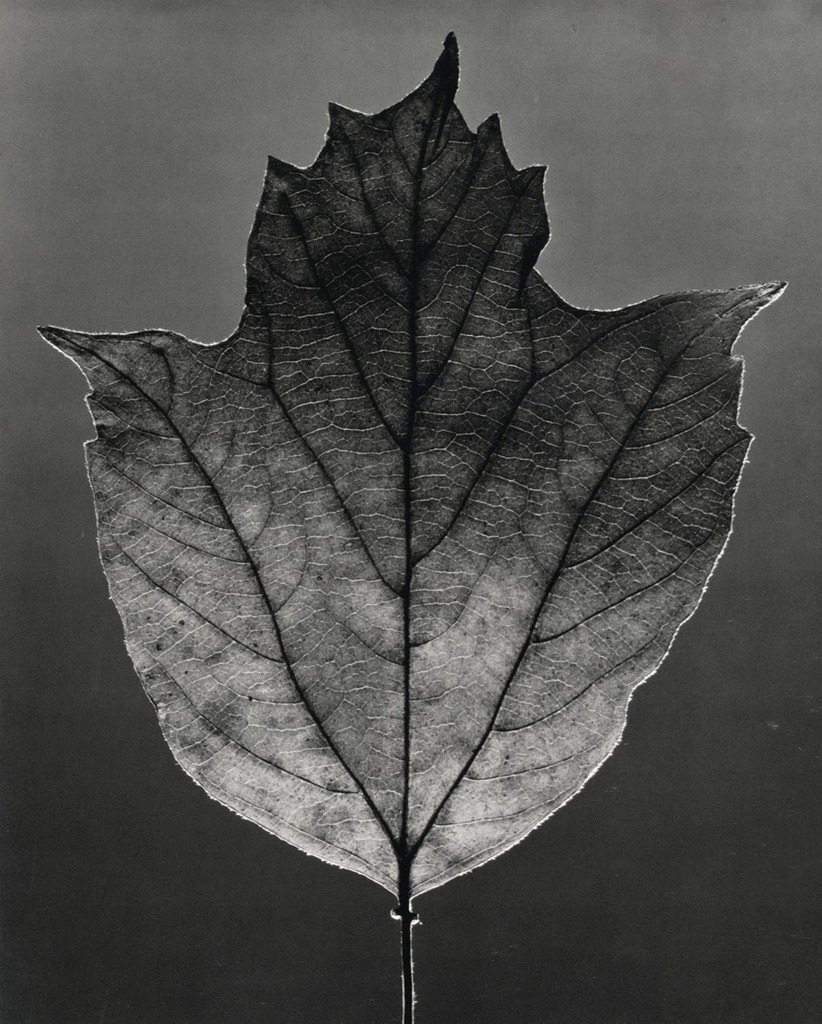




Recent Comments